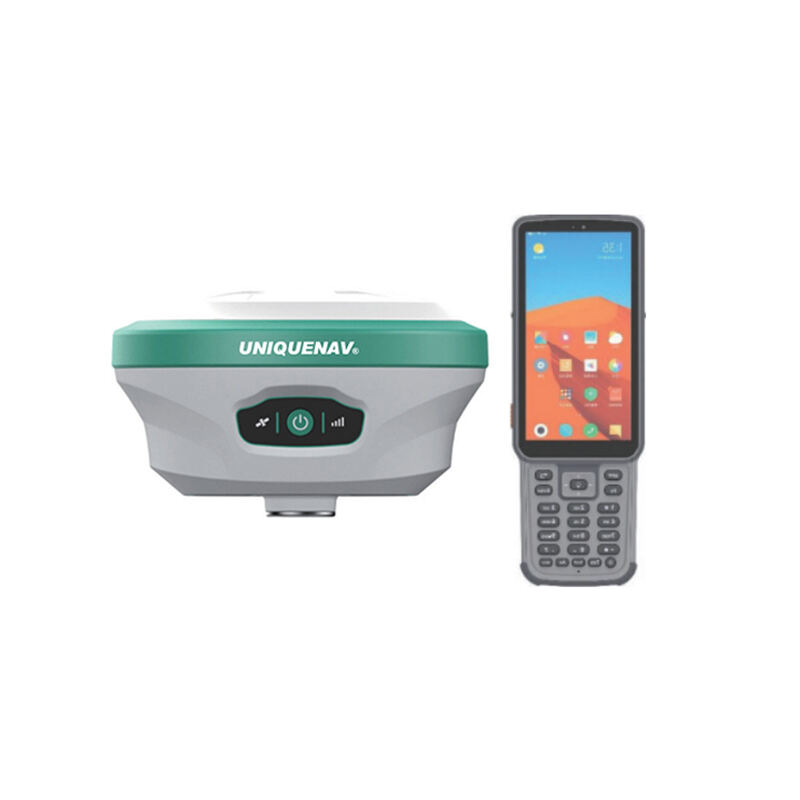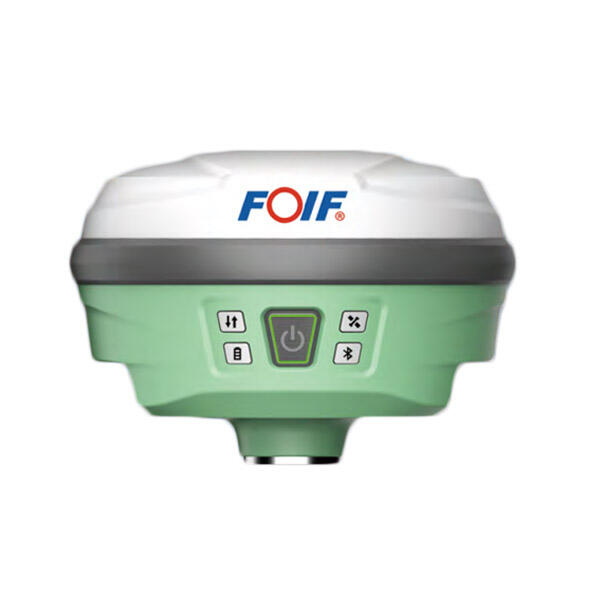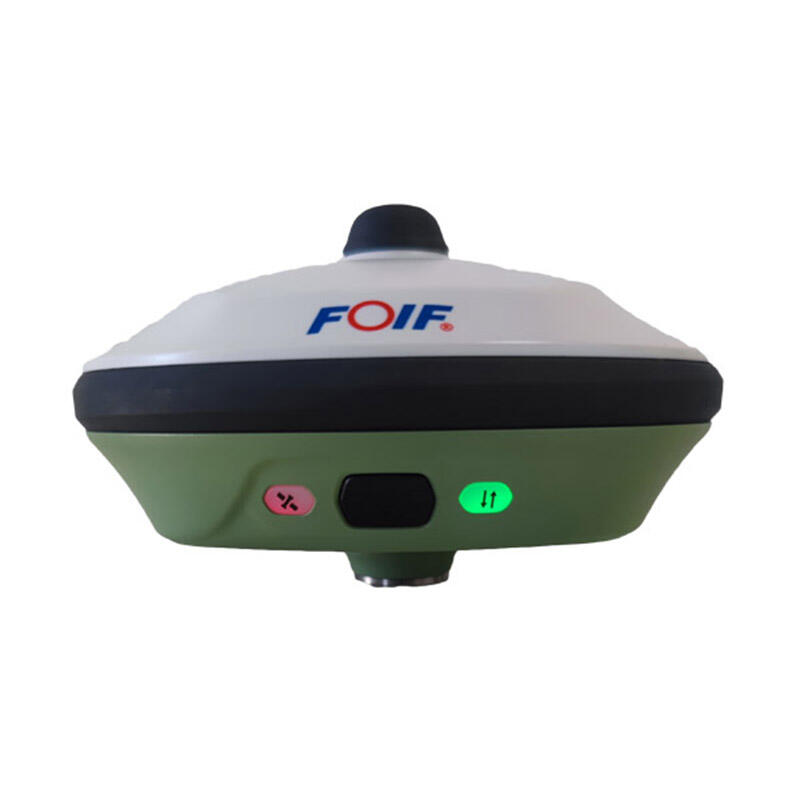high precision gnss receiver
High precision GNSS receivers represent cutting-edge technology in satellite navigation and positioning systems. These sophisticated devices utilize multiple satellite constellations, including GPS, GLONASS, Galileo, and BeiDou, to achieve centimeter-level accuracy in positioning and navigation. The receiver processes complex satellite signals through advanced algorithms and real-time kinematic (RTK) technology, enabling precise position determination in various environmental conditions. These devices incorporate multi-frequency capabilities, allowing them to track multiple satellite signals simultaneously and minimize signal errors caused by atmospheric interference. The technology features advanced error correction mechanisms, including multipath mitigation and atmospheric modeling, ensuring consistent accuracy across different applications. High precision GNSS receivers find extensive applications in surveying, precision agriculture, construction, mining, and scientific research. They excel in both static and dynamic positioning scenarios, providing reliable data for mapping, machine control, and navigation. The system's ability to integrate with other sensors and communication technologies makes it an invaluable tool for modern precision applications, supporting both real-time operations and post-processing requirements. These receivers typically feature robust build quality, weather resistance, and extended battery life, ensuring reliable performance in challenging field conditions.


